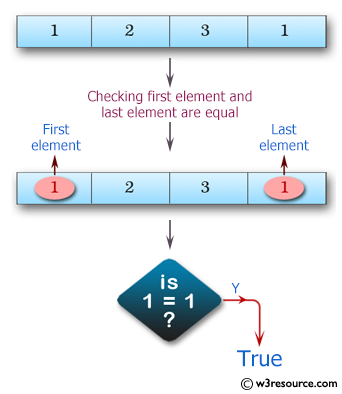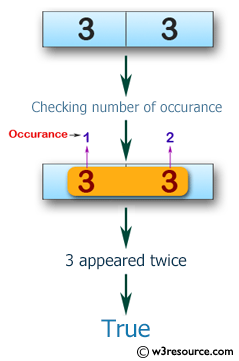

- SAVE DICTIONARY ARRAY IN USER DEFAULTS SWIFT HOW TO
- SAVE DICTIONARY ARRAY IN USER DEFAULTS SWIFT PRO
In iOS development the memory management is very important to avoid memory leaks, since iOS doesn’t have a garbage collector.
SAVE DICTIONARY ARRAY IN USER DEFAULTS SWIFT HOW TO
I guess you are not going to use arrays with weak references very often, but it’s not an excuse not to know how to achieve it. If you want a type-safe Dictionary/ Set, you can achieve it storing a WeakRef object. This article has the main focus on Array, if you need something similar to NSPointerArray for Dictionary you can have a look at NSMapTable, whereas for Set you can use NSHashTable. Finally, we have a method destroyViews to destroy the two Views:Ĭlass View

UserDefaults Why UserDefaults Because sometimes we need to save a small amount of data like a setting, status, or a record in our app and we can use this in the place of Core Data.
SAVE DICTIONARY ARRAY IN USER DEFAULTS SWIFT PRO
Here the pro solution for easily dealing with these things. In its constructor, we add these views in an array to inject inside Drawer-which uses this array to draw something inside the views. 11 In the iOS Application for saving small data, we’re using UserDefaults. Let’s use, as example, a ViewManager class which has two properties of type View. var defaults NSUserDefaults.standardUserDefaults() var dict : NSDictionary 'key':'value' var array1: NSArray dict.allValues // Create a dictionary and assign that to this array tObject(array1, forkey : 'MyKey') var myarray : NSArray defaults. For this reason, Apple provides an alternative to Array which maintains weak references of its elements: NSPointerArray.īefore looking at this class, let’s see and example to understand why we should use it. Save dictionary in UserDefaults let defaults UserDefaults. Even if this behaviour is useful most of the time, you might have some scenarios where you would want to use weak references. As Eric mentioned in comment this is not a multidimensional array it is nested dictionary, so you can set it using set (:forKey:) and get dictionary using dictionary (forKey:). How to save enum in UserDefaults using Swift UserDefaults allow you to store small pieces of data of the following types: Data, String, Number, Date, Array or Dictionary. This means that you cant insert a value of the. By default, it maintains a strong references of its elements. Arrays, sets, and dictionaries in Swift are always clear about the types of values and keys that they can store. Then, if you have other doubts, please leave a comment and I’ll reply as soon as possible.Īrray is the most popular collection in Swift. We can also save an array of Dictionary if the key and value of the dictionary are supported types. For example, you can allow users to specify their preferred units of measurement or media playback speed. The defaults system allows an app to customize its behavior to match a user’s preferences. The official documentation is a good starting point to learn this subject. Overview The UserDefaults class provides a programmatic interface for interacting with the defaults system. In this article, I speak about memory management without explaining it since it would be beyond the goal of this article. This is roughly the structure.In iOS development there are moments where you ask yourself: “To weak, or not to weak, that is the question”. In class A, set value for key: let text 'hai' (text, forKey: 'textValue') In class B, get the value for the text using the key which declared in class A and assign it to respective variable which you need: var valueOfText UserDefaults.value (forKey: 'textValue') Share.

But on the leaf nodes, all is just String. The thing is, my Dictionary is a multi level nested Dictionary which also has Array inside. I have a Dictionary from Json that I want to store on UserDefaults, but I get error Attempt to set a non-property-list object as an NSUserDefaults/CFPreferences value for key info.


 0 kommentar(er)
0 kommentar(er)
